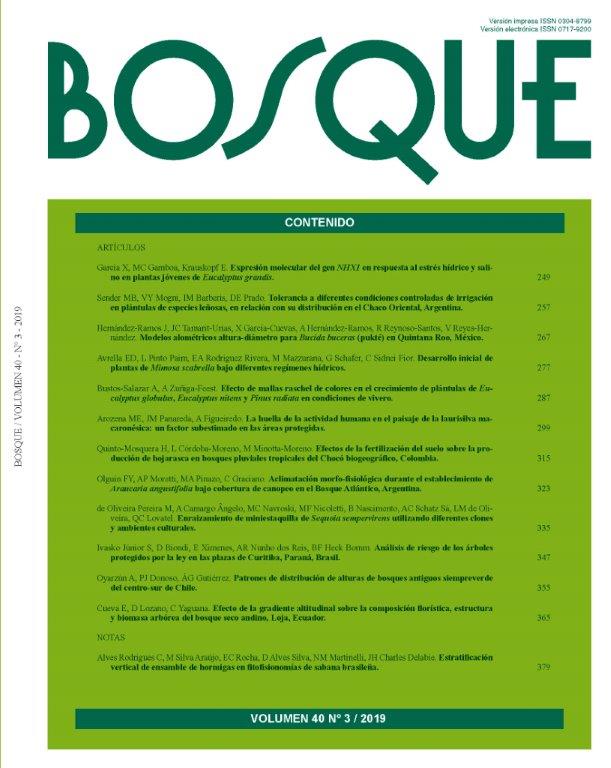Estratificación vertical de ensamble de hormigas en fitofisionomías de sabana brasileña
Contenido principal del artículo
Resumen
La distribución espacial de artrópodos en los bosques tiene implicaciones cruciales para la conservación de la biodiversidad y la gestión forestal. En este ambiente, las hormigas representan un buen modelo para los estudios de estratificación vertical de la fauna. Se encuentran abundantemente en el suelo y están bien distribuidos en todos los estratos de la vegetación. Los factores que determinan la diversidad y distribución de las comunidades de hormigas han merecido atención durante años debido al papel esencial de estos insectos en muchos procesos ecológicos, como el ciclo de nutrientes, el recambio de energía, la herbivoría, la dispersión de semillas y la depredación de semillas. El objetivo del presente trabajo fue comparar la riqueza y la estructura del ensamble de hormigas entre los estratos verticales (suelo, arbustos y árboles) en dos fitofisionomías de la sabana brasileña. La captura de hormigas que viven en el suelo y hormigas arbóreas se llevó a cabo con trampas que contenían cebos atractivos. Se identificaron sesenta y seis especies de hormigas, y en ambas fitofisionomías, el estrato del suelo (epigeo) mostró una mayor riqueza de especies de hormigas en comparación con los otros (Jackkinife 1).
Se encontró una distinción entre los estratos de suelo y dosel (arbustos/árboles), que se muestran en la composición y frecuencia de captura de las especies de hormigas (ANOSIM, P = 0,001), lo que evidencia la estratificación vertical de los ensambles de hormigas.

